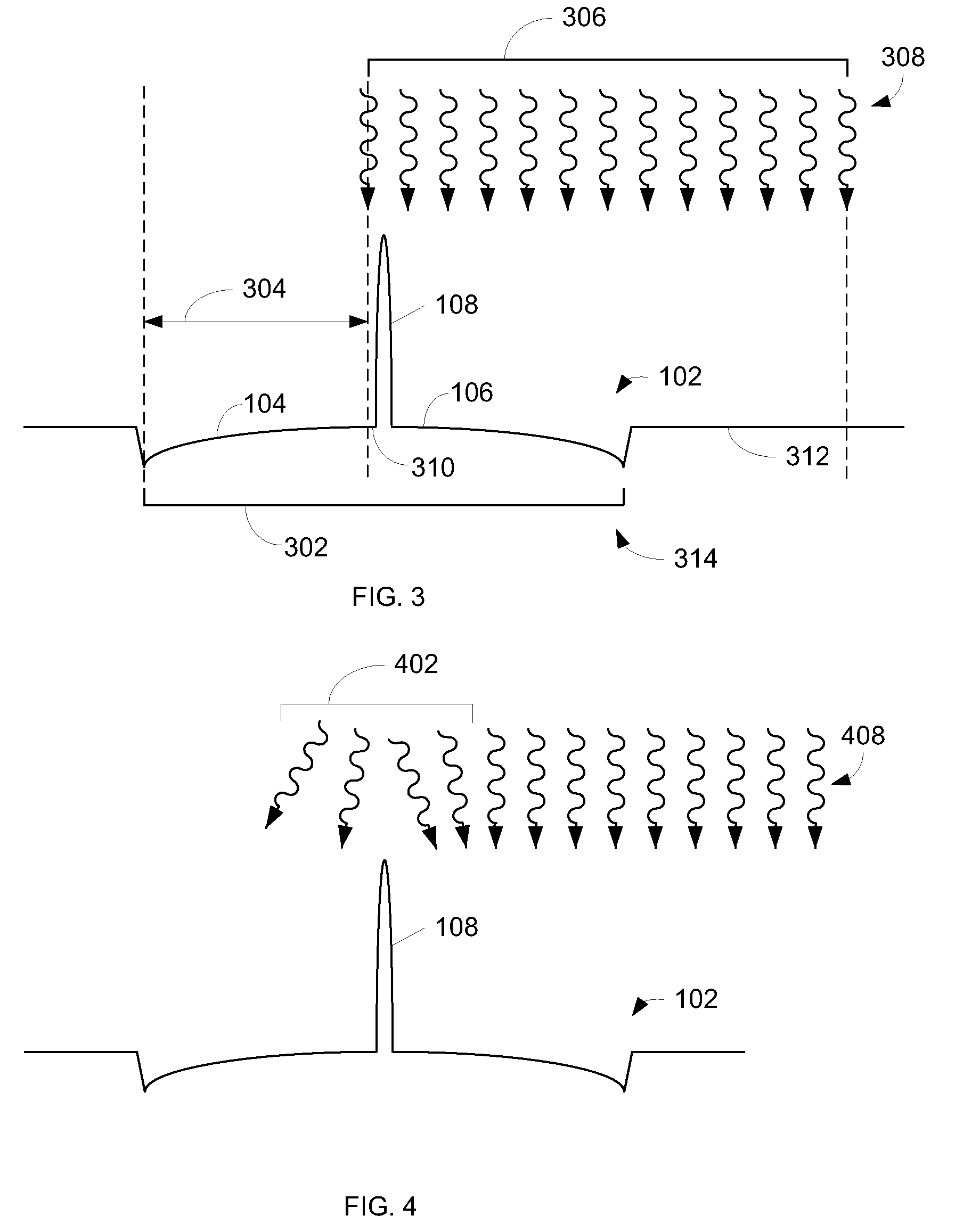Systems and method for optimization of laser beam spatial intensity profile
a laser beam and spatial intensity technology, applied in the field of systems and methods for manufacturing lcds, can solve the problems of high process operational expenses, low productivity, and the a-si technology is approaching its limitations, so as to reduce throughput, increase cost, and increase step size
- Summary
- Abstract
- Description
- Claims
- Application Information
AI Technical Summary
Benefits of technology
Problems solved by technology
Method used
Image
Examples
Embodiment Construction
.”
BRIEF DESCRIPTION OF THE FIGURES
[0023]Features, aspects, and embodiments of the inventions are described in conjunction with the attached drawings, in which:
[0024]FIG. 1 is a diagram illustrating an example cross section of a film surface after a single pulse irradiation;
[0025]FIG. 2 is a diagram illustrating another example cross section of a film surface after a single pulse irradiation;
[0026]FIG. 3 is a diagram illustrating an example position of a beam during a second irradiation of the cross section of a film surface of FIG. 1;
[0027]FIG. 4 is a diagram illustrating an example scattering of incident photons during the second irradiation illustrated in FIG. 3;
[0028]FIGS. 5A-5C are diagrams illustrating example short-axis spatial intensity profiles;
[0029]FIG. 6 is a diagram illustrating an example position of a beam after “n” pulses;
[0030]FIG. 7 is a diagram illustrating a beam spatial intensity and an example position of a beam after “n+1” pulses; and
[0031]FIG. 8 is an example ...
PUM
| Property | Measurement | Unit |
|---|---|---|
| wave length | aaaaa | aaaaa |
| wave length | aaaaa | aaaaa |
| wavelengths | aaaaa | aaaaa |
Abstract
Description
Claims
Application Information
 Login to View More
Login to View More - R&D
- Intellectual Property
- Life Sciences
- Materials
- Tech Scout
- Unparalleled Data Quality
- Higher Quality Content
- 60% Fewer Hallucinations
Browse by: Latest US Patents, China's latest patents, Technical Efficacy Thesaurus, Application Domain, Technology Topic, Popular Technical Reports.
© 2025 PatSnap. All rights reserved.Legal|Privacy policy|Modern Slavery Act Transparency Statement|Sitemap|About US| Contact US: help@patsnap.com



